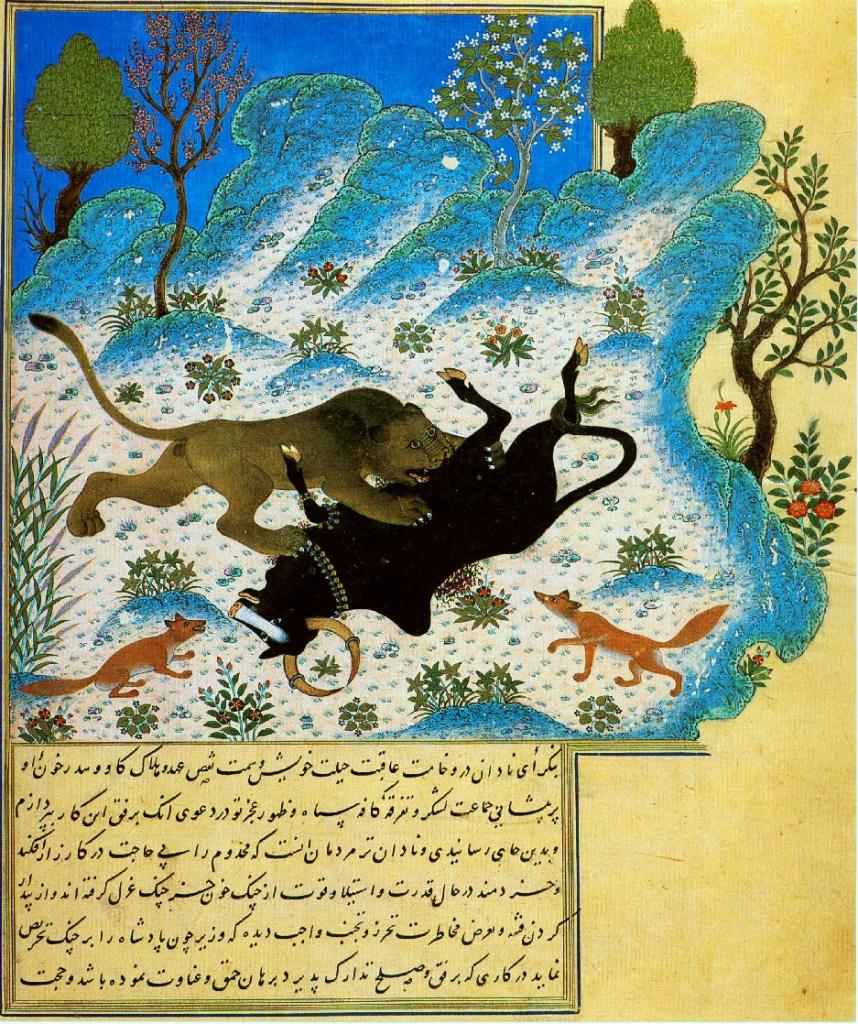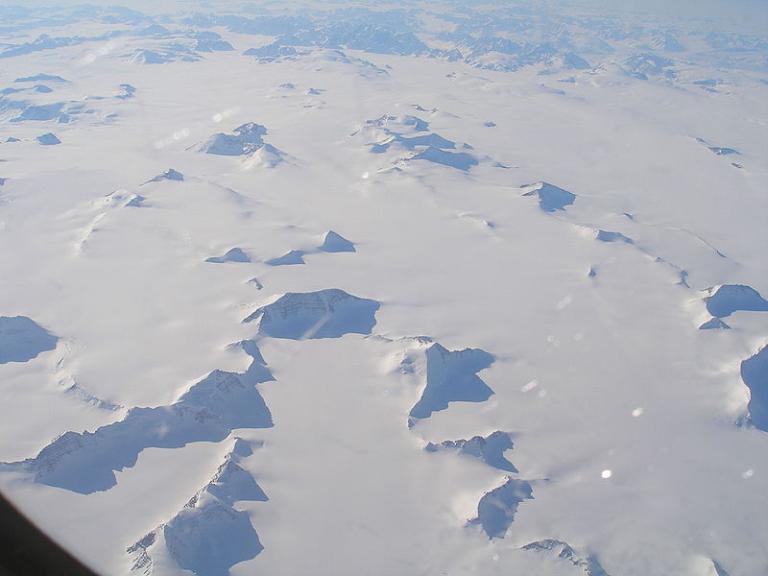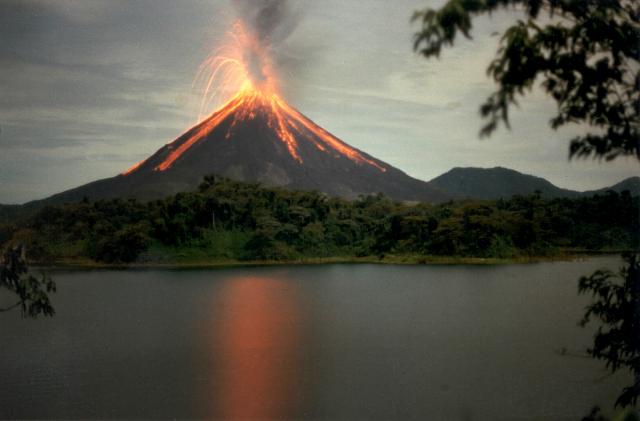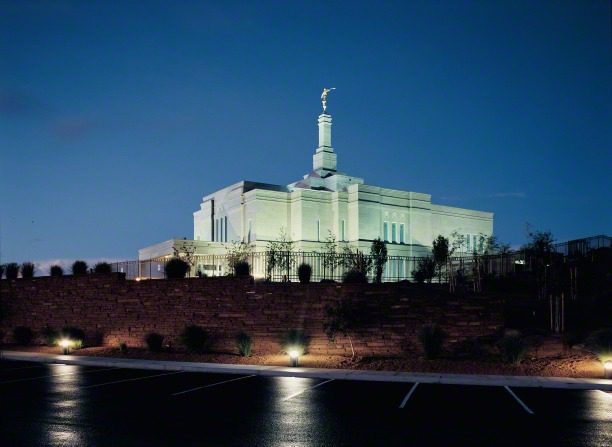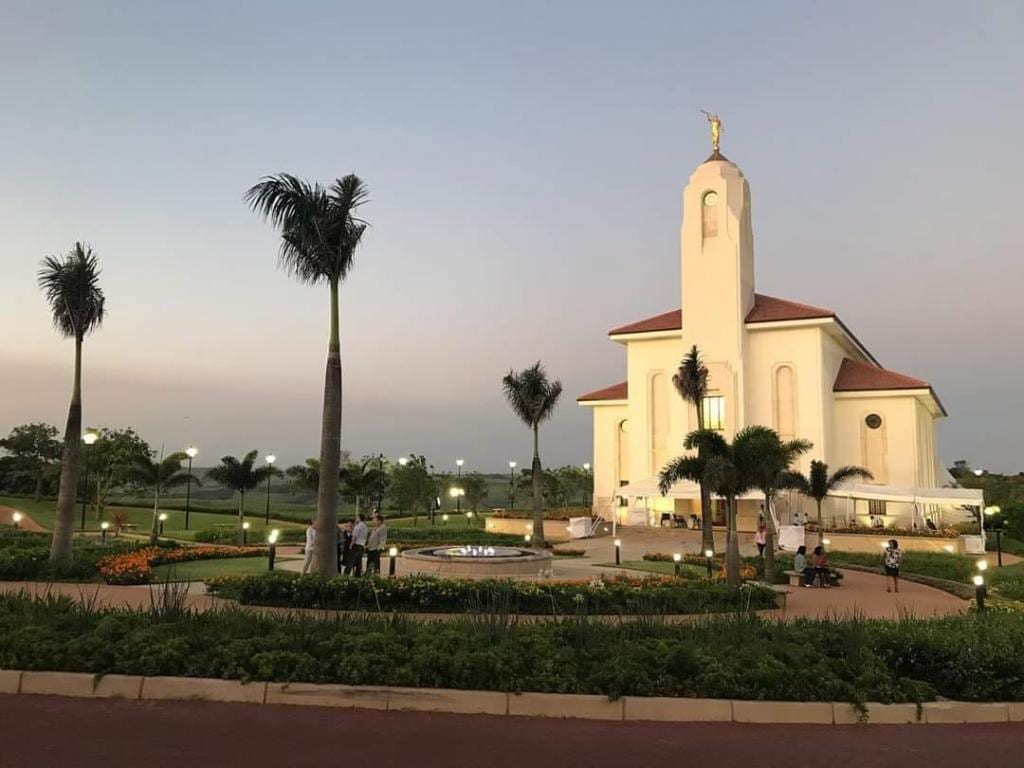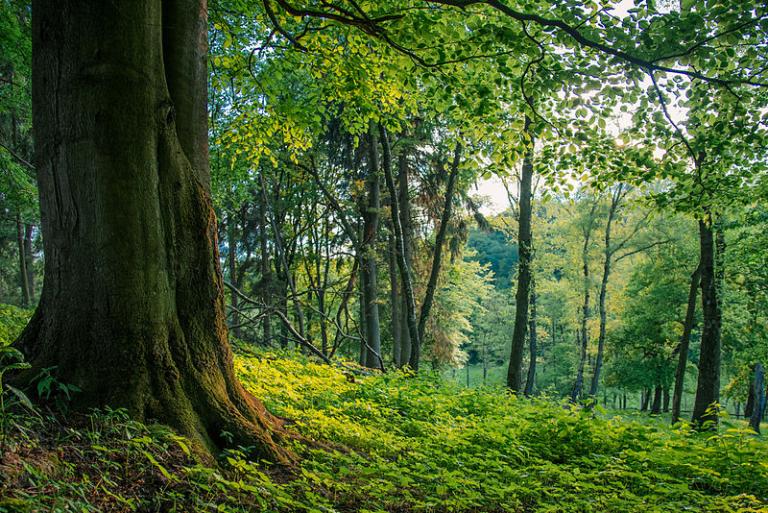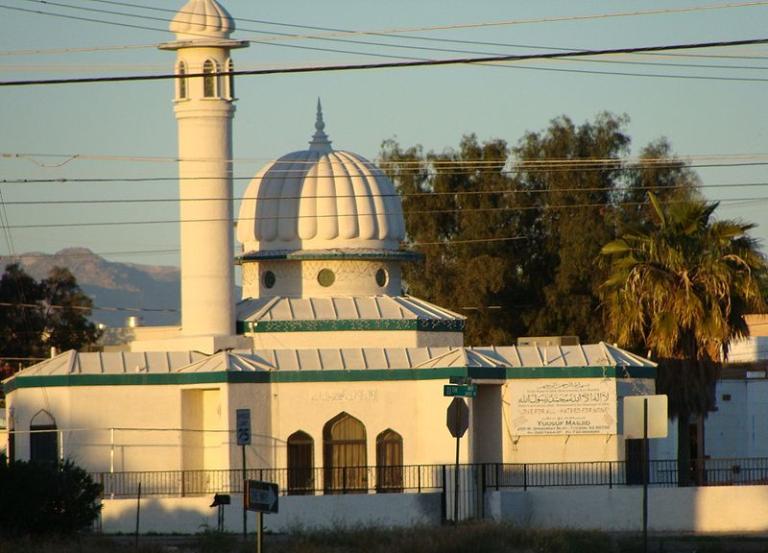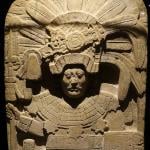The numbers need updating, of course, as do some other elements of the article, but the basic point of this column, which I published in the Provo Daily Herald back in 1999, not long after a trip to South America and another to southern Mexico and Guatemala, still holds: While many in the United States continue to think of Latin America as almost uniformly Roman Catholic, this is no longer true (if it ever really was). The... Read more



